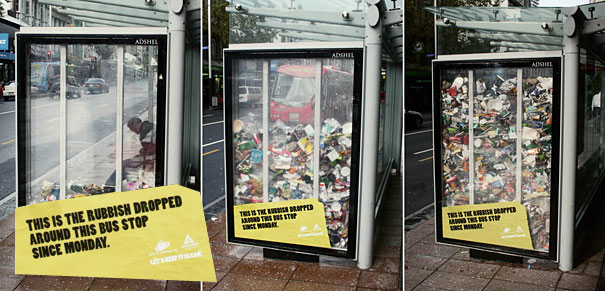Sign: Behaviour change? Is it the word or something?! Thanks, the neighbours.
Say, you are Eugene. You had too much to drink. You stumble out of the pub still holding your drink. On your way home, through the alley, up the stairs. Should you, while zigzagging, happen to look up and have your night vision goggles on you, would this sign stop you from dropping your glass? Or would you cleverly follow the throwing instructions?
I bet you chose the latter. To me this exemplifies a classic mistake: evoking the unwanted behaviour by communicating precisely the wrong standard, or ‘norm’. In psychological terms this is known as the power of the descriptive norm. There are descriptive norms and injunctive norms. Injunctive norms are explicit rules like ‘Thou shalt not steal’ or ‘Stand on the right.’ Descriptive norms are more based on our perception of how other people are actually behaving. These norms are our interpretations of how one apparently is supposed to behave in certain situations. It is not uncommon for these kinds of norms to contradict. And the descriptive norm often comes out on top. An example:
This campaign wanted to reduce the littered rubbish. Effect? More rubbish (according to traffic engineering platform verkeerskunde.nl (in Dutch)). Why? It is literally advertising rubbish. It shows ‘Littering is what people do here’.
So how can you use the power of the descriptive norm in a positive way? I challenge you to think about how you could use it where you are or where you work.
A very good example is OPOWER, an American power company whose utility bills also state how your usage compares to people around you. And you get a smiley face if your usage is below average. Result: 40% reduction in energy use. ‘The equivalent to removing 150,000 homes’, Griskevicius, Cantú, & Van Vugt (2012) report.
I found the sign our imaginary drunk Eugene could have encountered in an alleyway in downtown Rotterdam. Poor alleyway dwellers. Certainly not psychologists. It absolutely is the word. The wrong word and certainly the wrong picture.


